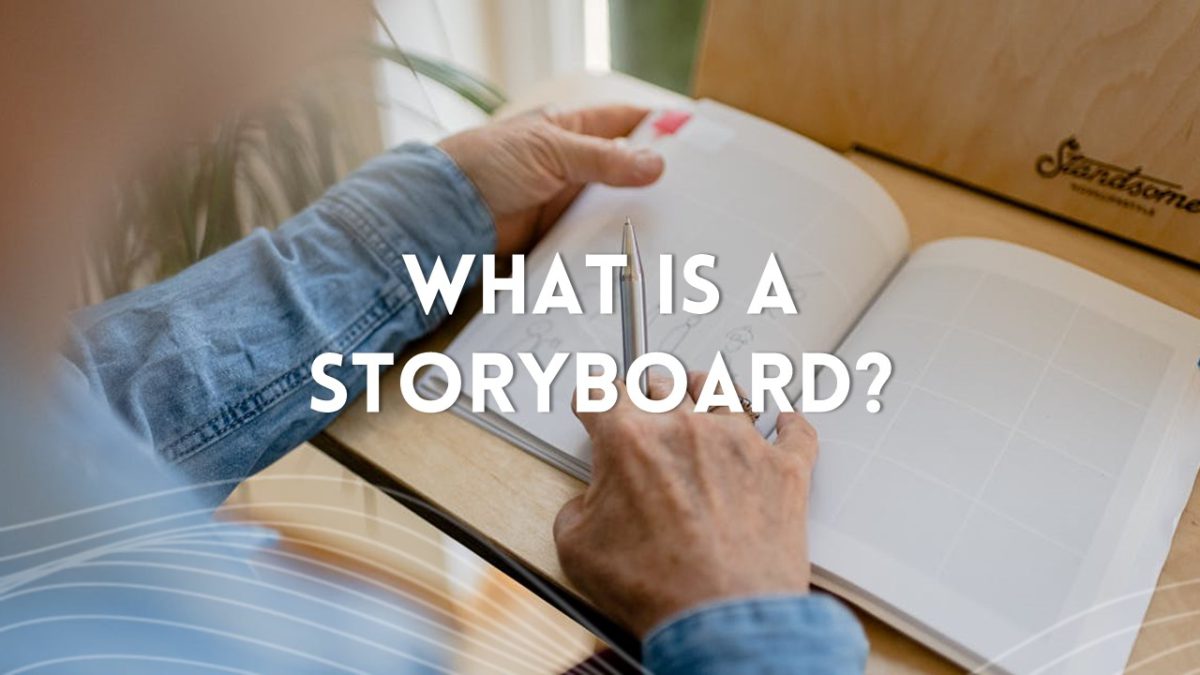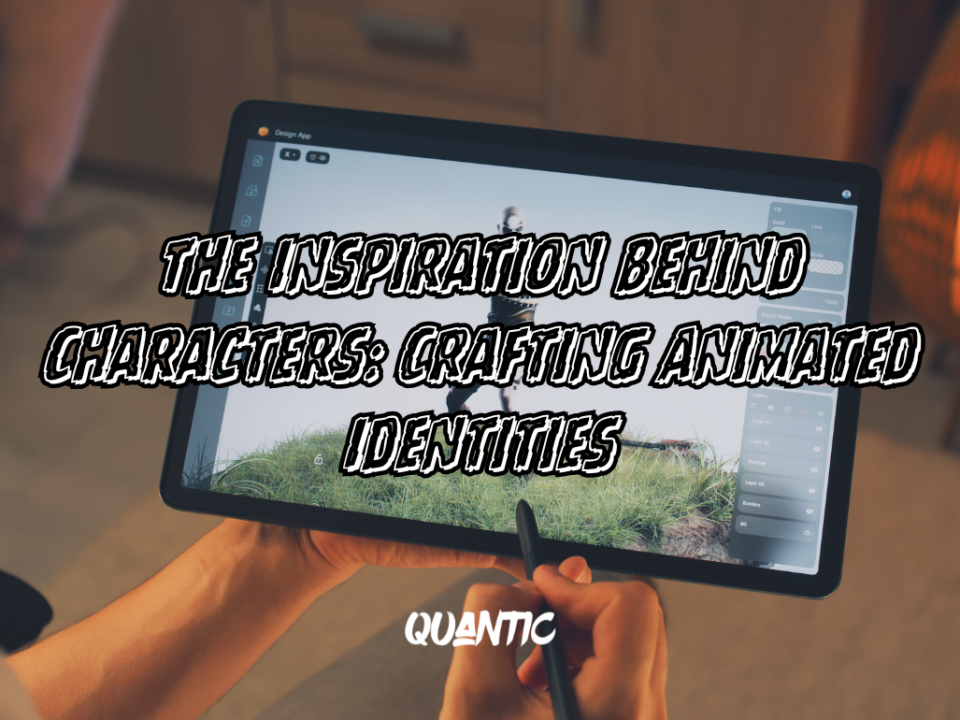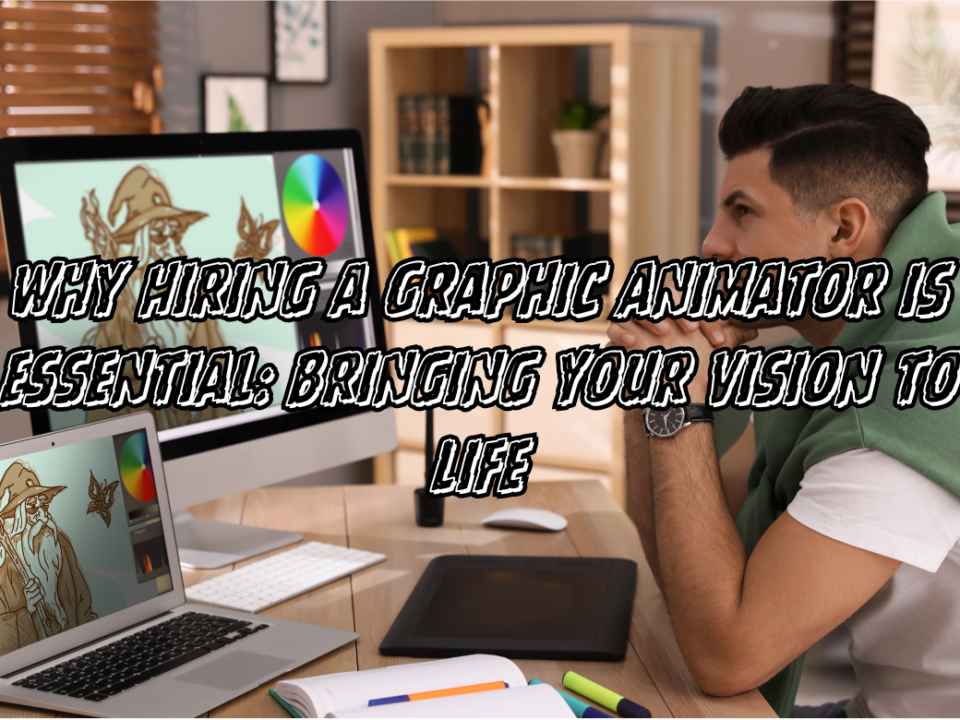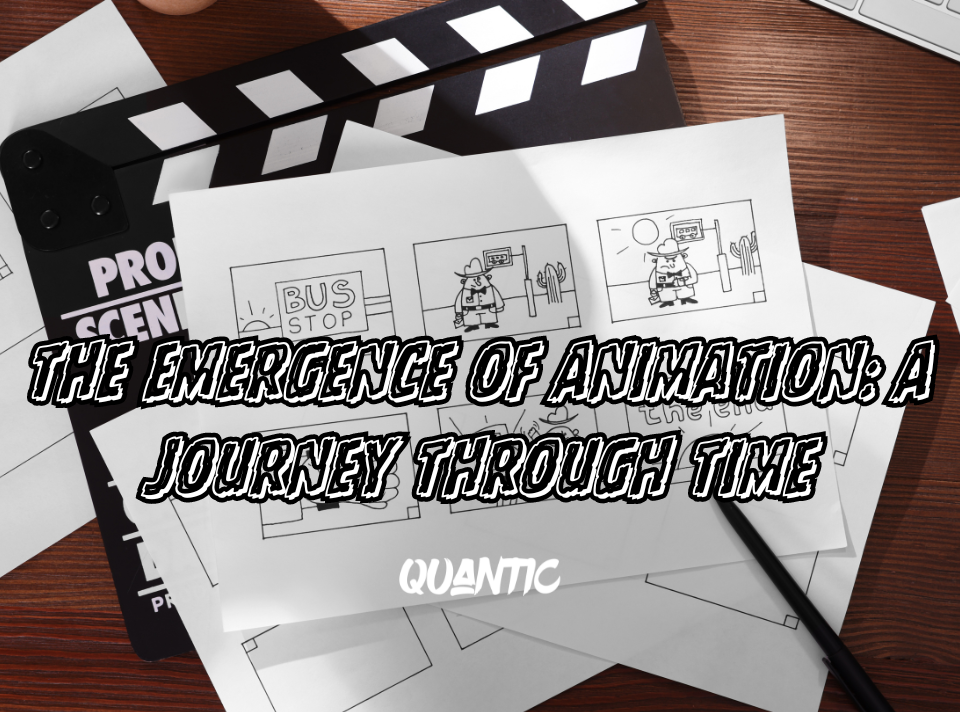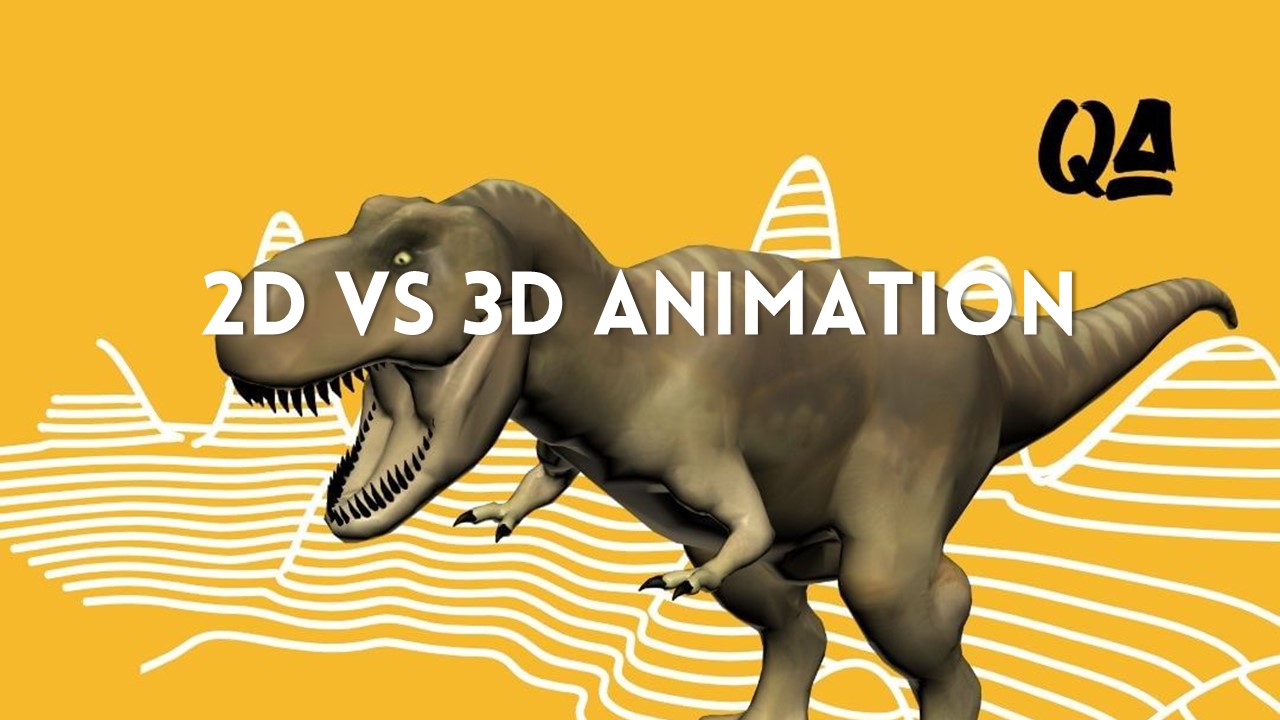
2D vs 3D Animation What are their differences?
March 31, 2022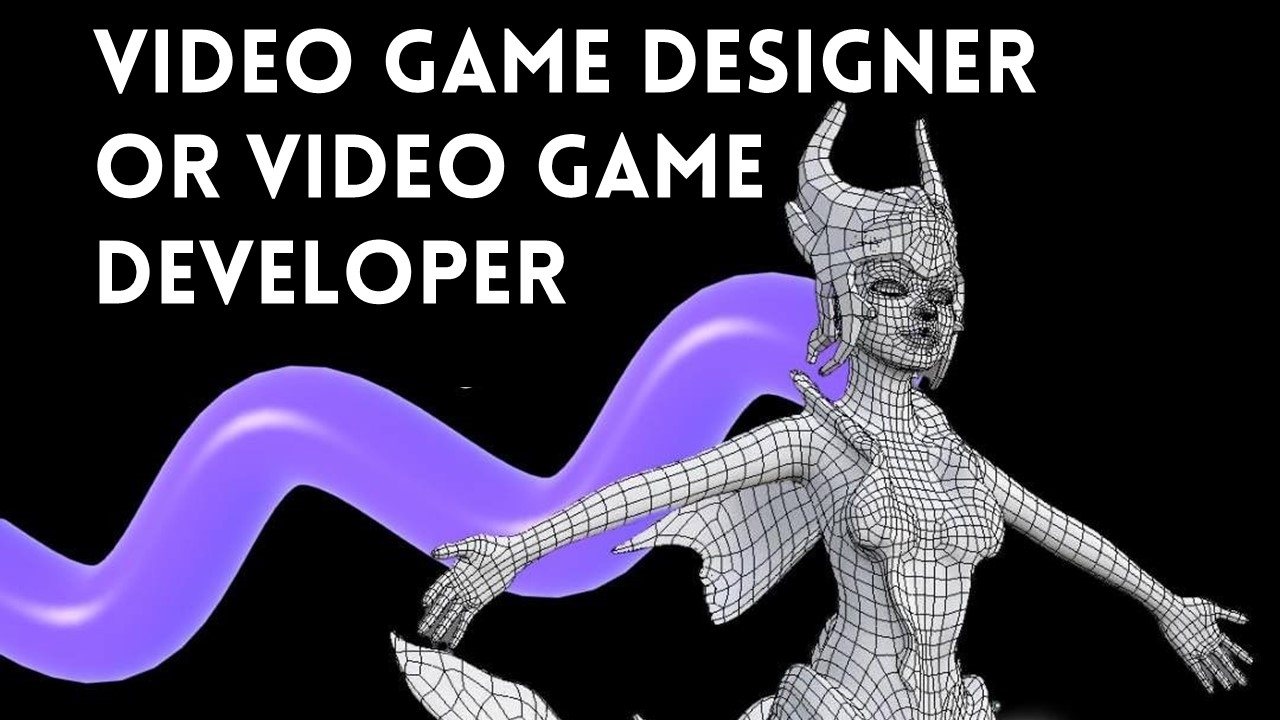
Difference between video game designer and video game developer
May 17, 2022Today we bring you a content somewhat different to what we are used to in our animation studio, since the storyboard is a graphic material that plans the sequence in a film. It is mostly used in pre-production. It can be used to represent the scenes, ideas and even abstract concepts that will tell a visual story.
The representation on a storyboard is based on the approved script and can be supported by sketches, 3D illustrations, simpler illustrations and written instructions.
The advantages of storyboarding are as follows:
- Better communication: the narrative line is made clear.
- Process information in less time: this saves on misunderstandings between different teams involved in the production.
- Saves money: by reducing errors and time in production, production costs are also reduced considerably.
- Continuity: seeing in a simplified way each vignette makes us notice better the locations, movements and story axes.
Different types of storyboards for animation
Classic Stoyboard
This storyboard for animation is the classic hand-drawn one. No matter how well it is drawn or how detailed it is, the essence should be the same. It is the storyboard that Walt Disney used in a methodical way.
Miniature Storyboard
Similar to the previous one, but it is done in a smaller size, i.e., miniature. It may include margin notes with more details.
Animatic
We can call them storyboard with animation, since instead of being simply drawn, they are presented animated by means of actors, or even, digitally with specialized programs.
Animatic: the animated storyboard
The animatic is an animation sketched in broad strokes or in 3 D digitally. This technique is used to ensure that the timing and sound are in the right range. There are several examples on Youtube of animatic made for animation productions.
The following video is from Toy Story and an animatic clip of about 82 seconds:
Features of storyboards
These are the steps needed to make an effective storyboard:
- Timeline: what moments will mark the beginning, development and denouement. Including time jumps, which should be noted. It is a list of events that must be ordered.
- Key moments: those that define characters, message, plot of the narrative to be transmitted.
- It is a sketch, a map, a guide. It does not need too many graphic details.
- Complementary information: sketches and vignettes accept explanatory information, as concrete as possible.
The best thing about the creative process of the storyboard is that it admits changes with complete flexibility. It is normal for new ideas to be added or others to be discarded. This will make the whole team more participative.
Examples of storyboards
The technique of sketching what you wanted to animate was already used by George Meliés and Winson McCay. But the process as such was developed by Walt Disney: making cartoons by means of written descriptions was not the most efficient.
Once the technique became popular, great film directors of the last century adopted storyboarding in their productions. Victor Fleming’s hand-drawn sketches for “Gone with the Wind” and Scorsese’s hand-drawn sketches for Taxi Driver (made by himself) remain for study.

